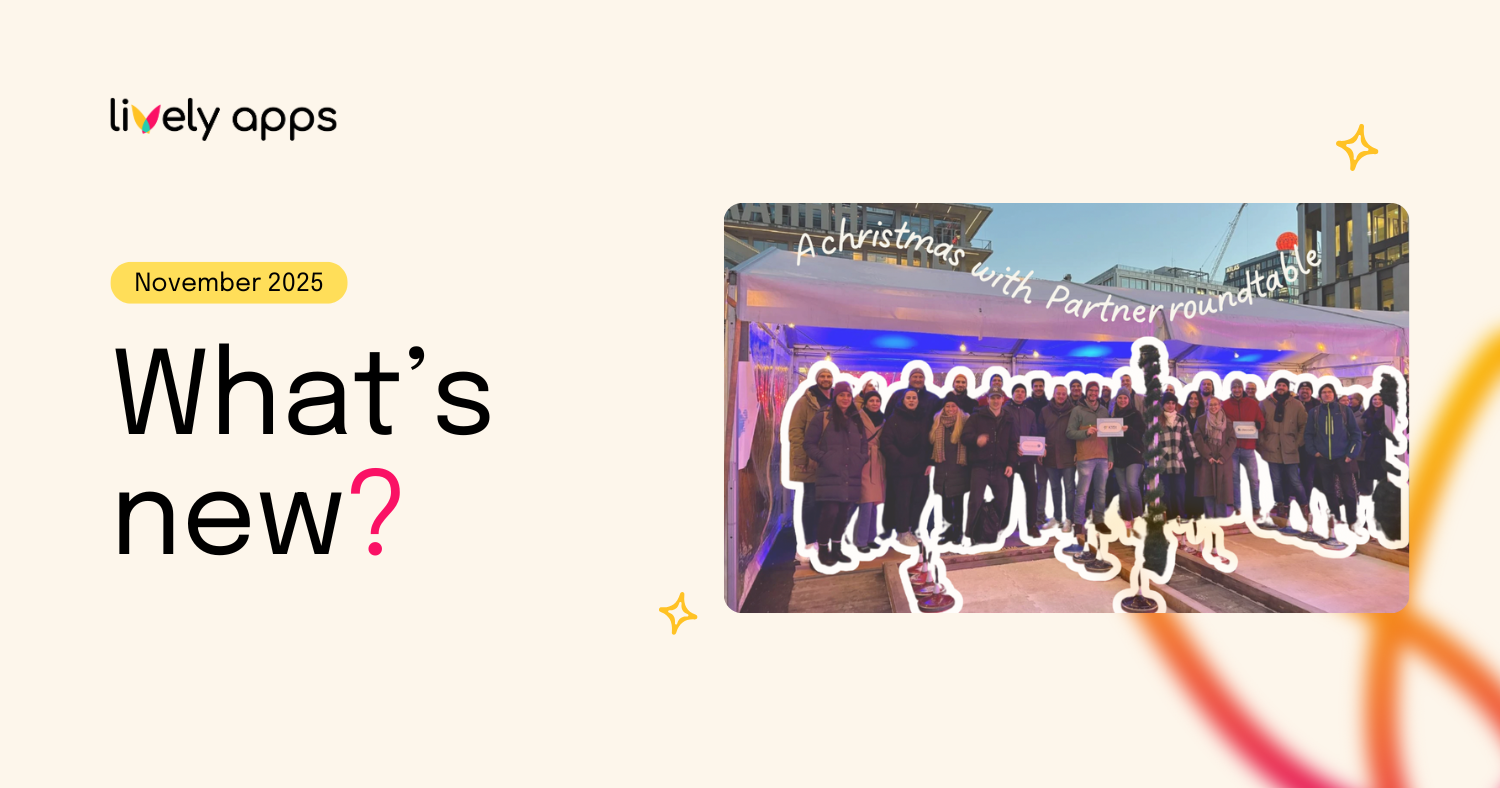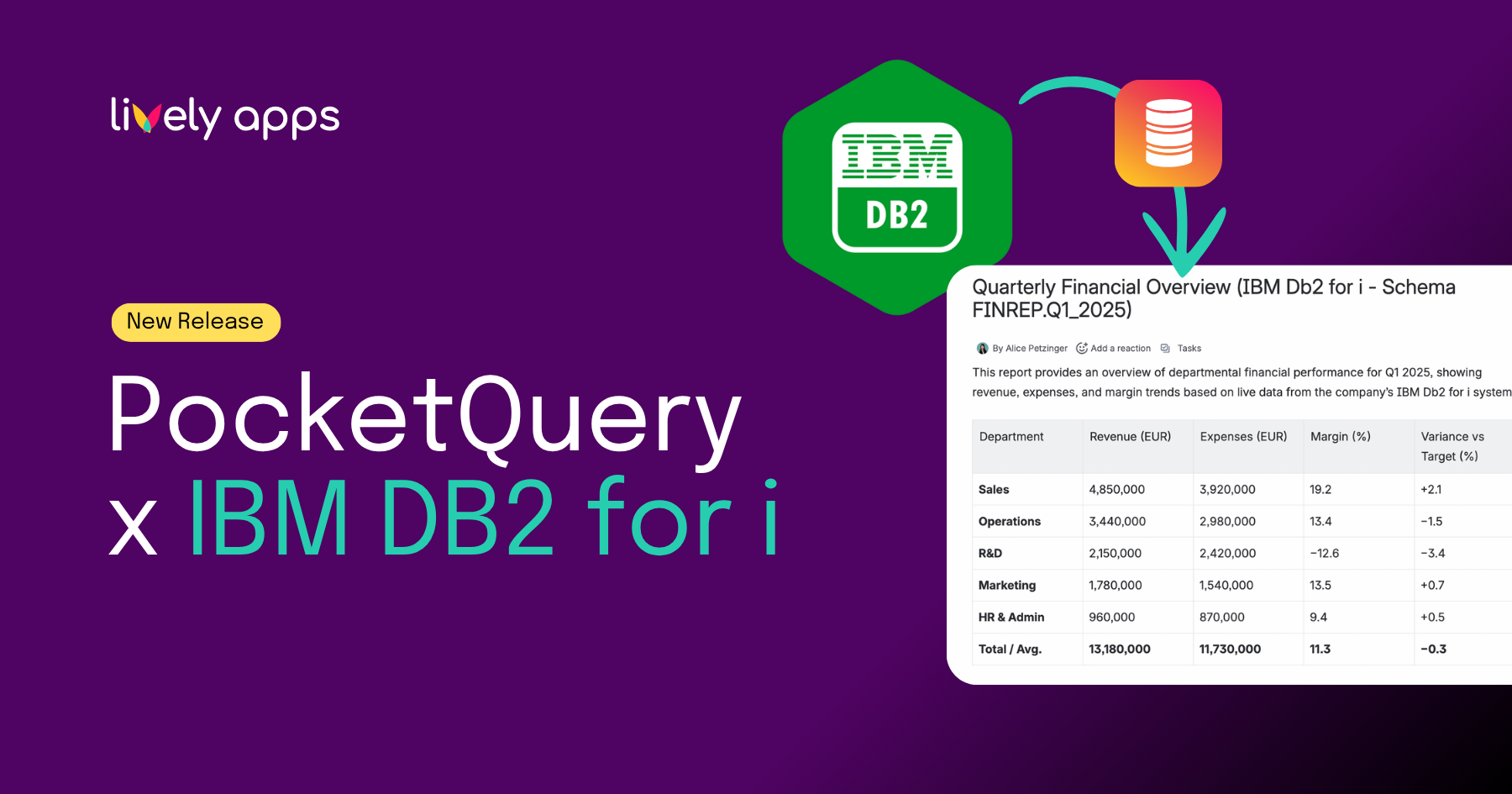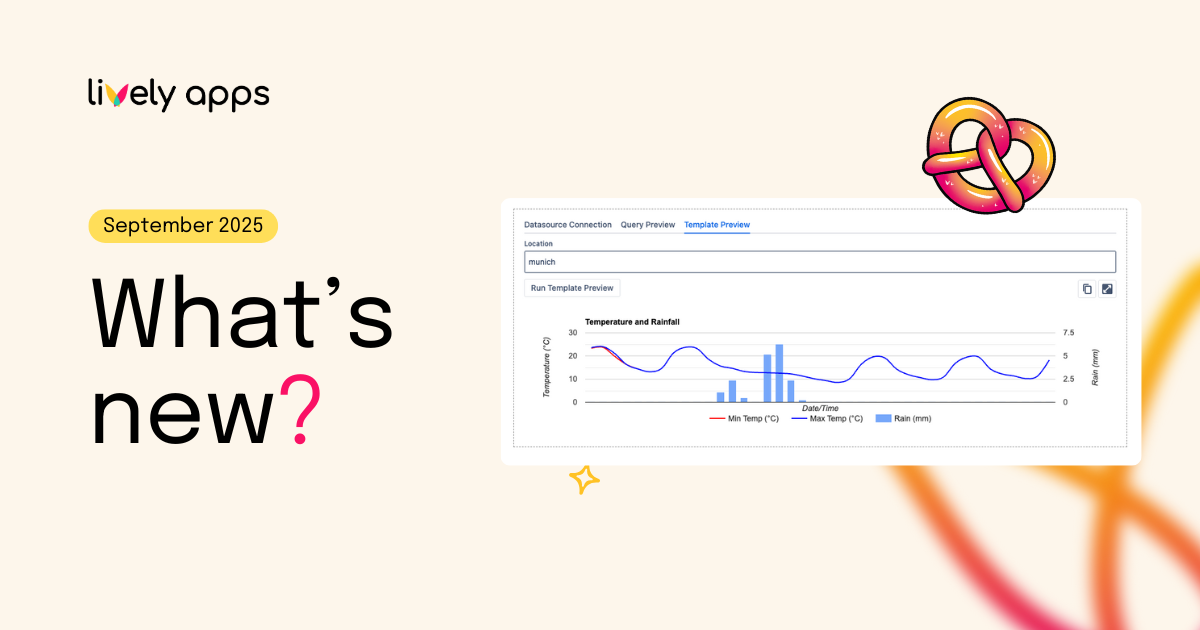
With the HideElements macro you can customise every Confluence page and every blog post, by hiding all the standard elements. From title to buttons to comments, it’s just one click. The HideElements macro gets included very easy into your page, either by the macro editor or the {}-syntax. To prevent abuse, it’s disabled in the comments, i.e. only users with writing permission are able to hide elements. Attention should be paid to the fact, that the hide mechanics work on the client side, so unhiding by a clever user is possible. In other words, keep in mind there is a difference between hidden and disabled functionality.

The following macro parameter are available to hide the corresponding elements:
- page title
- sidebar
- space logo (left of page title)
- breadcrumb (above the title)
- meta information (between title and content)
- comment section (below the content)
- likes (between content and comments)
- child pages (number of child pages)
- labels (below the content)
- share button (above the content)
- watch button (above the content)
- tools button (above the content)
- edit button (above the content)
…and in the latest version you can also add a custom CSS selector to hide every element you want (i.e. ‘#custom-id, div.custom-class’)

Additionally you can temporarily disable the macro via GET parameter “hideelements=false”. For example at the address “https://my.confluence.com/pages/viewpage.action?pageId=123” you would add “&hideelements=false” and at an address without parameter, append the parameter with “?” (“https://my.confluence.com/display/TEST?hideelements=false”).




.png)




.png)

.png)
